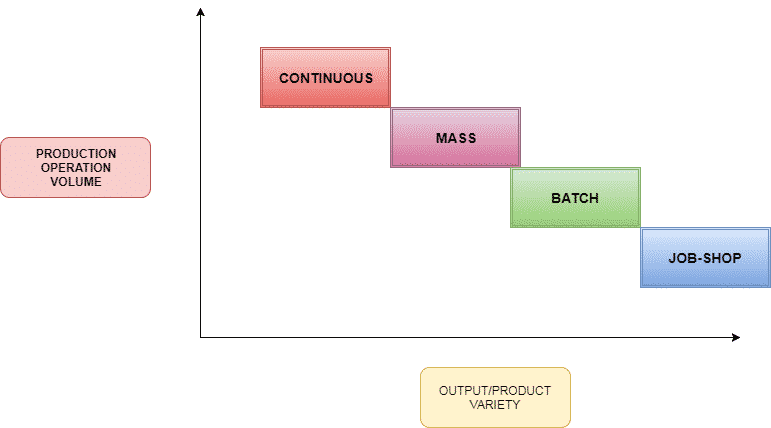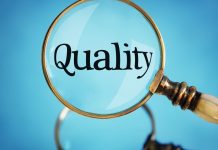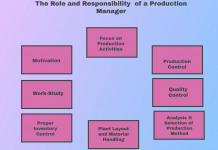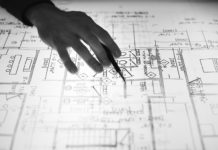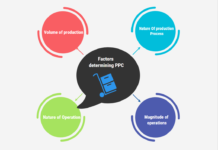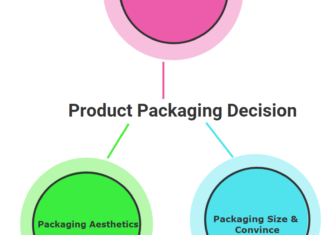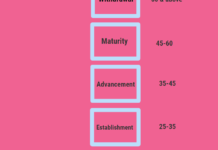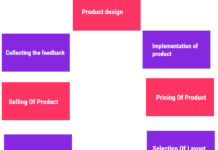Classification Of Production system
1. Job-Shop Production
It is featured by manufacturing one or more quantities of products designed and produced as per the specification of customers within prefixed time and cost. The distinguishing feature of this is low volume and a high variety of products. A job shop comprises of general-purpose machines arranged into different departments. Each job demands unique technological requirements that demand processes on machines in a certain sequence.
Features of Job-shop Production
- A high variety of products and low volume.
- Use of general-purpose machines and facilities.
- Highly skilled operators who can take up each job as a challenge because of their uniqueness.
- Large inventory of materials, tools, and parts.
Advantages of Job-shop Production
- Because of the general-purpose machines and facilities, a variety of products can be produced.
- Operators will become more skilled and competent, as each job gives them learning opportunities.
- The full potential of operators can be utilized.
- An opportunity exists for Creative methods and innovative ideas. Production Planning and Control
Limitations of Job-shop Production:
- Higher cost due to frequent setup changes.
- A Higher level of inventory at all levels and hence higher inventory cost.
- Production planning is complicated.
- Larger space requirements.
2. Batch Production
Batch Production is a form of manufacturing in which the job pass through the functional departments in lots or batches and each lot may have a different routing. It is characterized by the manufacture of a limited number of products produced at regular intervals and stocked and stored for sale.
Features of Batch Production
- Shorter production runs.
- Plants and machinery are flexible.
- Plant and machinery set up are used for the production of the item in a batch and a change of setup is required for processing the next batch.
- Manufacturing lead-time and cost are lower as compared to job order production.
Advantages of Batch Production:
- Better utilization of plant and machinery.
- Promotes functional specialization.
- A Cost per unit is lower as compared to job order production. 4. Lower investment in plant and machinery.
- Flexibility to accommodate and process a number of products.
- Job satisfaction exists for operators.
Limitations of Batch Production
- Material handling is complex because of irregular and longer flows.
- Production planning and control are very complex
3. Work-in-process inventory is higher compared to continuous production.
4. Higher set-up costs due to frequent changes in setup.
3. Mass Production
The manufacturer of discrete parts or assemblies using a continuous process is called Mass Production. This production system is justified by a very large volume of production. The machines are arranged in a line or product layout. Product and process standardization exists and all outputs follow the same path.
Features of Mass Production
- Standardization of product and process sequence.
- Dedicated special-purpose machines have higher production capacities and output rates.
- A large volume of products.
- The shorter cycle time of production.
- Lower in-process inventory.
- Perfectly balanced production lines.
Advantages of Mass Production:
- The Higher rate of production with reduced cycle time.
- Higher capacity utilization due to line balancing.
- Less skilled operators are required.
- Low process inventory.
- The manufacturing cost per unit is low.
Limitations of Mass Production:
- . The breakdown of one machine will stop an entire production line.
- The line layout needs a major change with the changes in the product design.
- High investment in production facilities.
- The cycle time is determined by the slowest operation
4. Continuous Production
Production facilities are arranged as per the sequence of production operations from the first operation to the finished product. The items are made to flow through the sequence of operations through material handling devices such as conveyors, transfer devices, etc.
Features of Continuous Production
- Dedicated plant and equipment with zero flexibility.
- Material handling is fully automated.
- The process follows a predetermined sequence of operations.
- Component materials cannot be readily identified with the final product.
- Planning and scheduling is a routine actions.
Advantages of Continuous Production
- Standardization of product and process sequence.
- The Higher rate of production with reduced cycle time.
- Higher capacity utilization due to line balancing.
- Manpower is not required for material handling as it is completely automatic.
- A person with limited skills can be used on the production line.
- Unit cost is lower due to the high volume of production.
Limitations of Continuous Production
- Flexibility to accommodate and process a number of products does not exist.
- Very high investment for setting flow lines.
- Product differentiation is limited.


